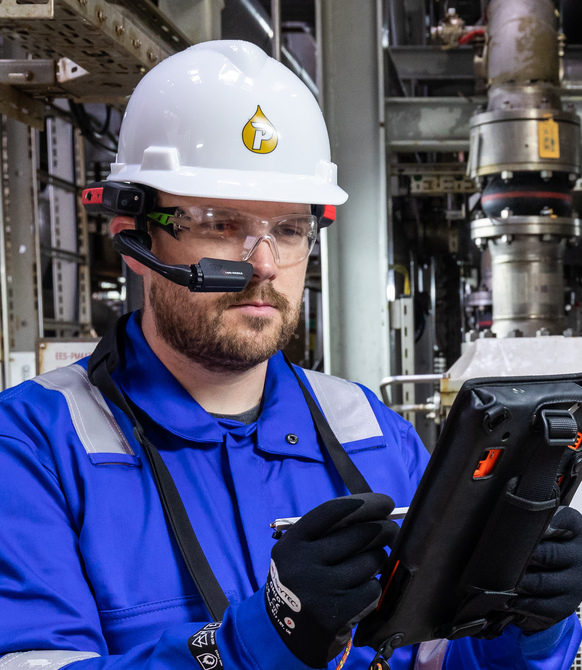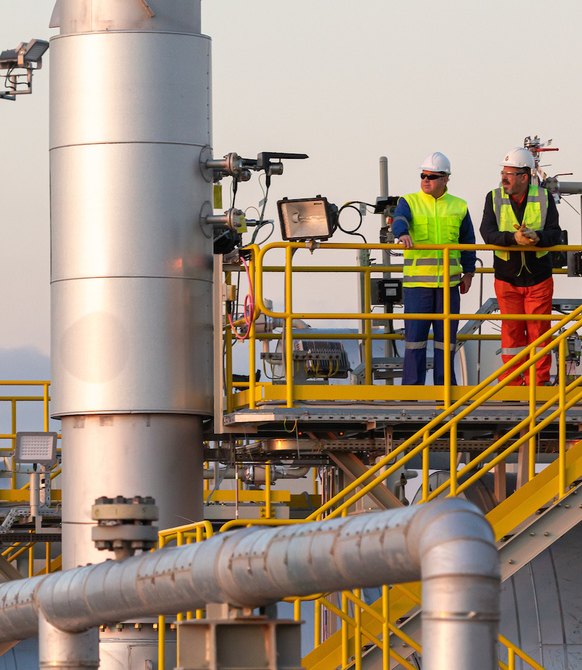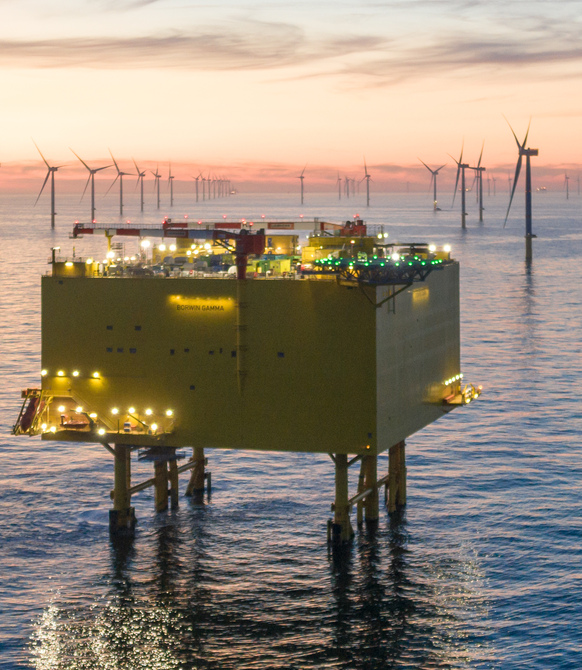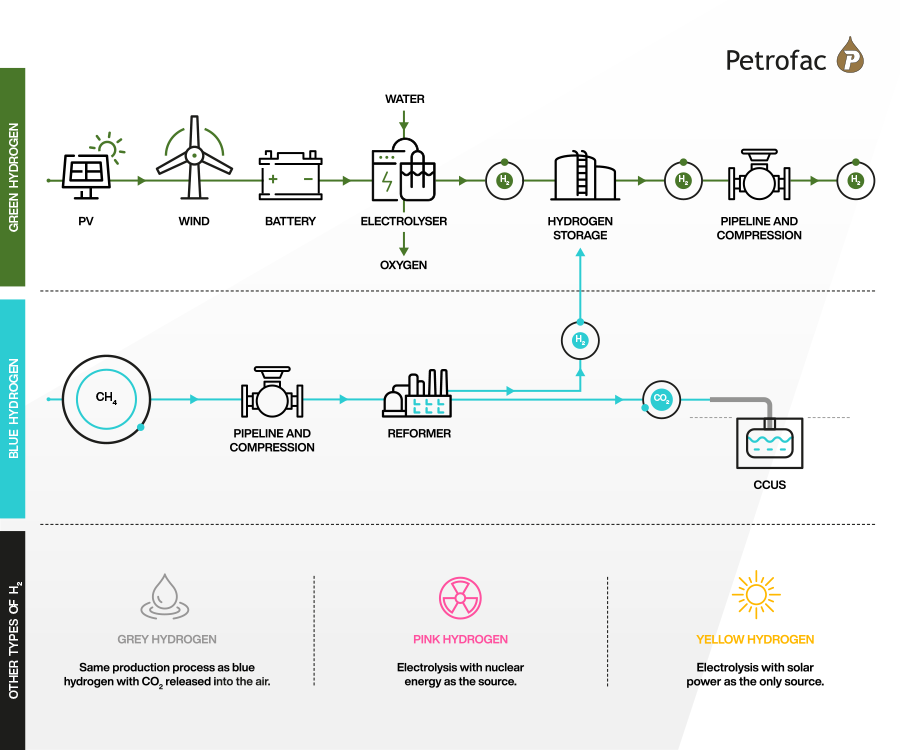The difference between green hydrogen and blue hydrogen
Following up on two recent Petrofac announcements – supporting the leading UK CCS and hydrogen project and supporting Australia's largest commercial-scale green hydrogen project – we had some questions that needed answering – what is green hydrogen and how does green hydrogen ‘work’? And what is blue hydrogen and what is the difference between blue and green? Bar the obvious, the colour name used to distinguish them, of course.
We approached Alex Haynes, Head of Business Development, looking for answers. Alex, over to you.
Different colours of hydrogen
The basic understanding of hydrogen as an energy carrier and the semantics behind its various names, requires answers to two essential questions: what is it and how is it produced?
We could discuss at length about what hydrogen is, from its atomic weight to its end use, but to understand the basics we need to make the distinction of hydrogen as a carrier and not an energy source. What this means is that it needs a primary source of energy to be produced – solar, electricity, hydro, nuclear power, or gas, to name a few.
And it is the specifics of the production process, including the energy source it utilises, that determine whether hydrogen will be dubbed green or blue. Or grey, pink, or yellow in fact.
What is blue hydrogen?
Blue hydrogen is when natural gas is split into hydrogen and CO2 either by Steam Methane Reforming (SMR) or Auto Thermal Reforming (ATR), but the CO2 is captured and then stored. As the greenhouse gasses are captured, this mitigates the environmental impacts on the planet.
The ‘capturing’ is done through a process called Carbon Capture Usage and Storage (CCUS). More about that in due course.
What is green hydrogen?
Green hydrogen is hydrogen produced by splitting water by electrolysis. This produces only hydrogen and oxygen. We can use the hydrogen and vent the oxygen to the atmosphere with no negative impact.
To achieve the electrolysis we need electricity, we need power. This process to make green hydrogen is powered by renewable energy sources, such as wind or solar. That makes green hydrogen the cleanest option – hydrogen from renewable energy sources without CO2 as a by-product. That is referred to in the project Petrofac is supporting in Australia, mentioned at the beginning.
What is grey hydrogen?
Grey hydrogen has been produced for many years. It is a similar process to blue hydrogen – SMR or ATR are used to split natural gas into Hydrogen and CO2. But the CO2 is not being captured and is released into the atmosphere.
What is pink hydrogen?
Similar to green hydrogen, pink hydrogen is made via electrolysis, but using nuclear energy as its source of power.
What is yellow hydrogen?
Another type of hydrogen made by electrolysis is yellow, where electrolysis is achieved solely through solar power (unlike green which could use a combination of renewable energy sources such as wind or solar).
Is the future multi-coloured?
The future is a transition from grey, through blue, to green hydrogen. One thing that is clear is the important role hydrogen will play in energy transition.
Let’s take the United Kingdom, one of Petrofac’s key markets, as an example. The country’s national energy system is changing rapidly as the UK makes plans to reach the legal net zero target by 2050. Although the UK is unlikely to produce sufficient quantities of green hydrogen to meet the targets and the demand, we are likely to see a transition period of 20-30 years where blue hydrogen plays a key role. And this is where the oil and gas industry, including Petrofac, can help by using existing, transferable knowledge and capability to produce blue hydrogen via Carbon Capture Usage and Storage (CCUS). We can use the existing UK offshore infrastructure to pipe the CO2 back to offshore reservoirs. Either as EOR (Extended Oil Recovery) to help keep up reservoir pressure, or into depleted reservoirs for safe storage.
To meet the global energy demand, while achieving the national and global energy efficiency targets, the industry is looking at every potential technology. There is great potential in both the blue and green hydrogen and both will play an important role in energy transition. With our knowledge and capability, we are there to support this transition.
As the energy systems across the world change, we are likely to talk more about hydrogen in the future. Thank you, Alex, for getting us up to speed on the basics.









